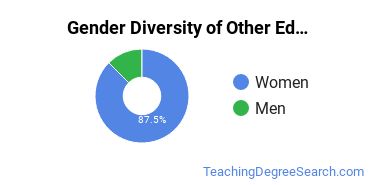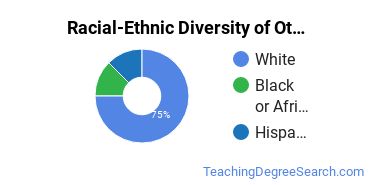Other Education at Drexel University
What traits are you looking for in a other education school? To help you decide if Drexel University is right for you, we've gathered the following information about the school's other education program.Drexel is located in Philadelphia, Pennsylvania and approximately 23,589 students attend the school each year.
Want to know more about the career opportunities in this field? Check out the Careers in Other Education section at the bottom of this page.
Drexel Other Education Degrees Available
- Master’s Degree in Other Education
Online Classes Are Available at Drexel
If you are a working student or have a busy schedule, you may want to consider taking online classes. While these classes used to be mostly populated by returning adults, more and more traditional students are turning to this option.
For those who are interested in distance learning, Drexel does offer online courses in other education for the following degree levels:
- Master’s Degree
Drexel Other Education Rankings
There were 3 students who received their doctoral degrees in other education, making the school the #34 most popular school in the United States for this category of students.
Other Education Student Demographics at Drexel
Take a look at the following statistics related to the make-up of the other education majors at Drexel University.
Drexel Other Education Master’s Program

Of the students who received a other education master's degree from Drexel, 75% were white. This is above average for this degree on the natiowide level.
The following table and chart show the race/ethnicity for students who recently graduated from Drexel University with a master's in other education.

| Race/Ethnicity | Number of Students |
|---|---|
| Asian | 1 |
| Black or African American | 2 |
| Hispanic or Latino | 1 |
| White | 12 |
| International Students | 0 |
| Other Races/Ethnicities | 0 |
References
*The racial-ethnic minorities count is calculated by taking the total number of students and subtracting white students, international students, and students whose race/ethnicity was unknown. This number is then divided by the total number of students at the school to obtain the racial-ethnic minorities percentage.
- College Factual
- National Center for Education Statistics
- O*NET Online
- Image Credit: By Daderot under License
More about our data sources and methodologies.
